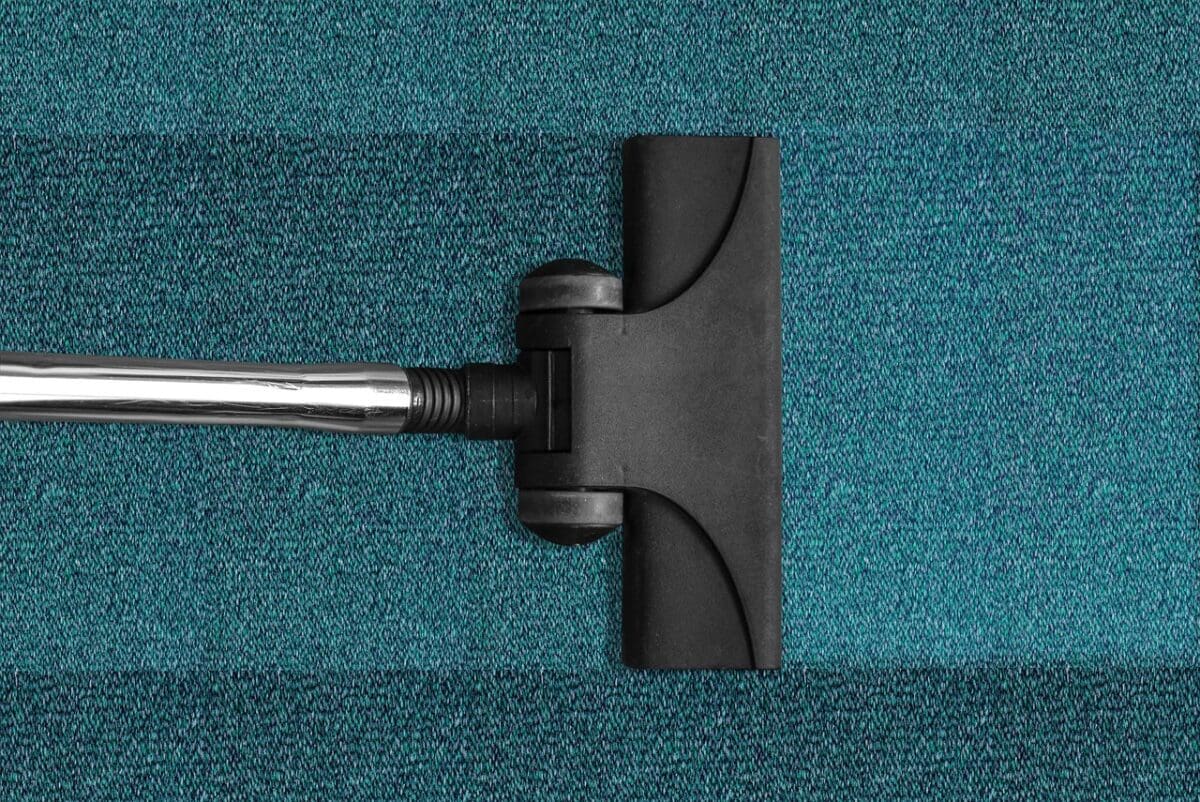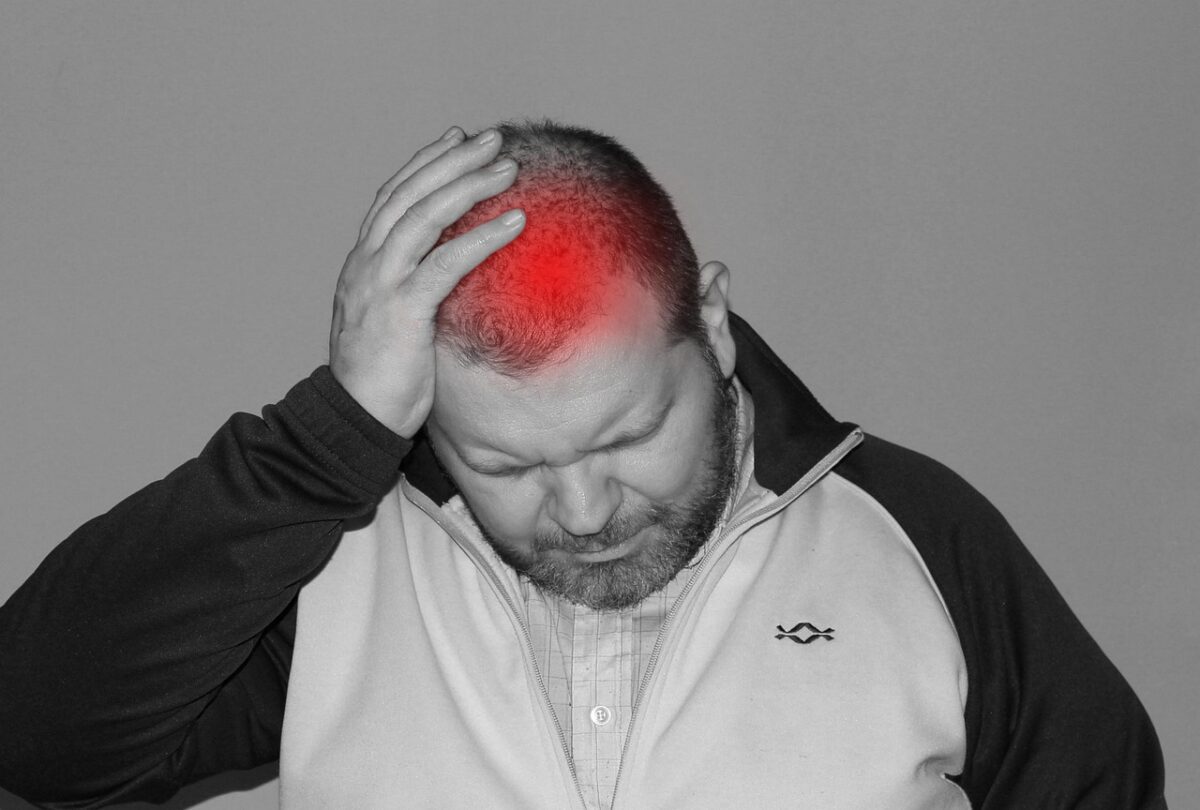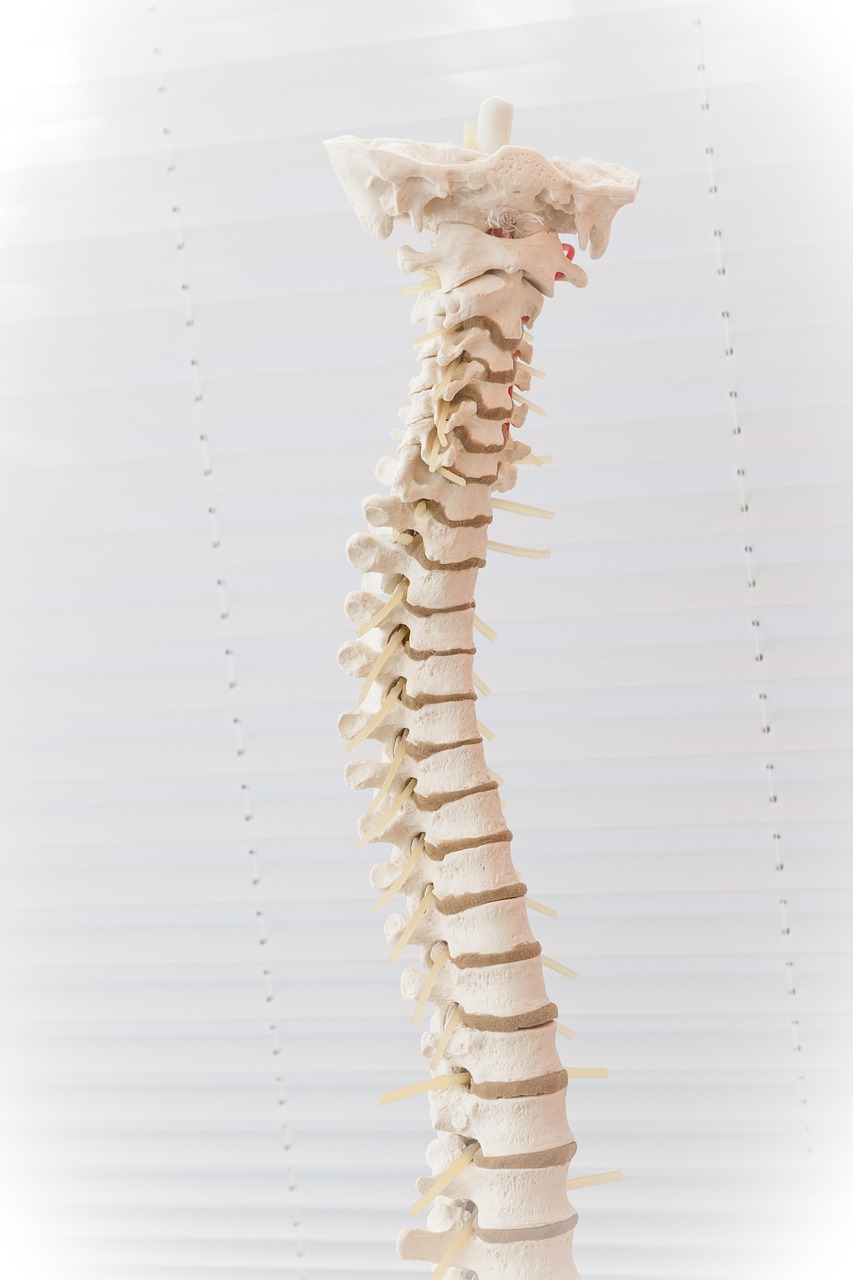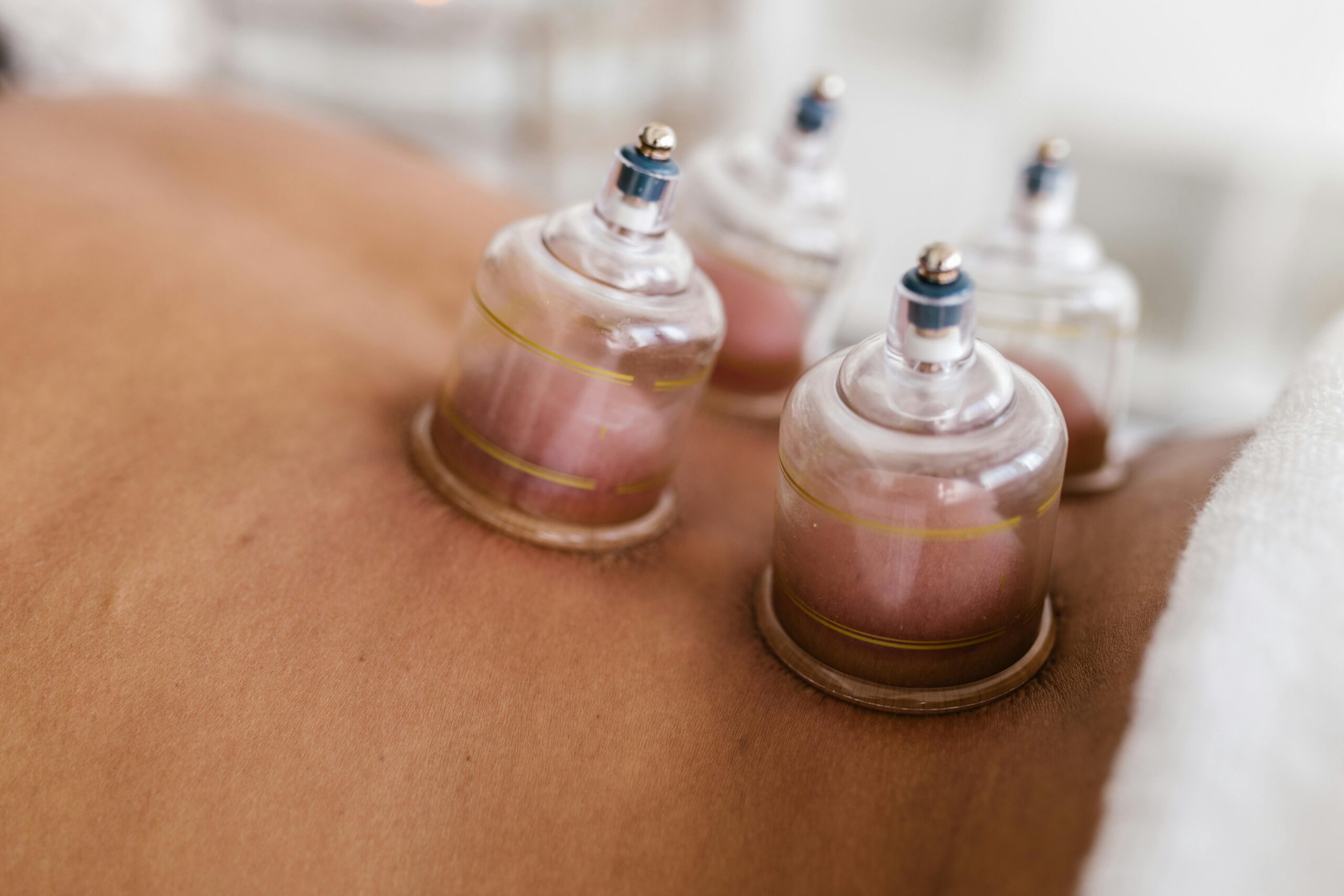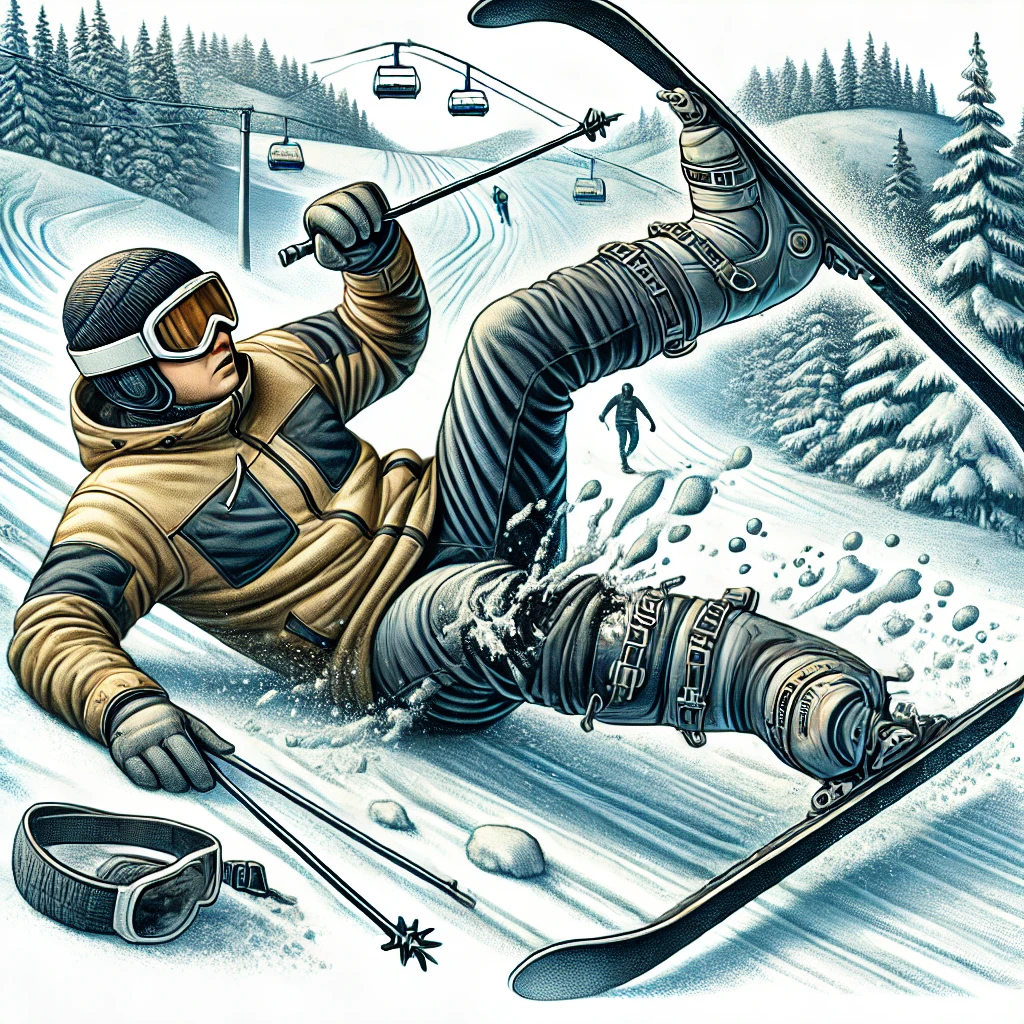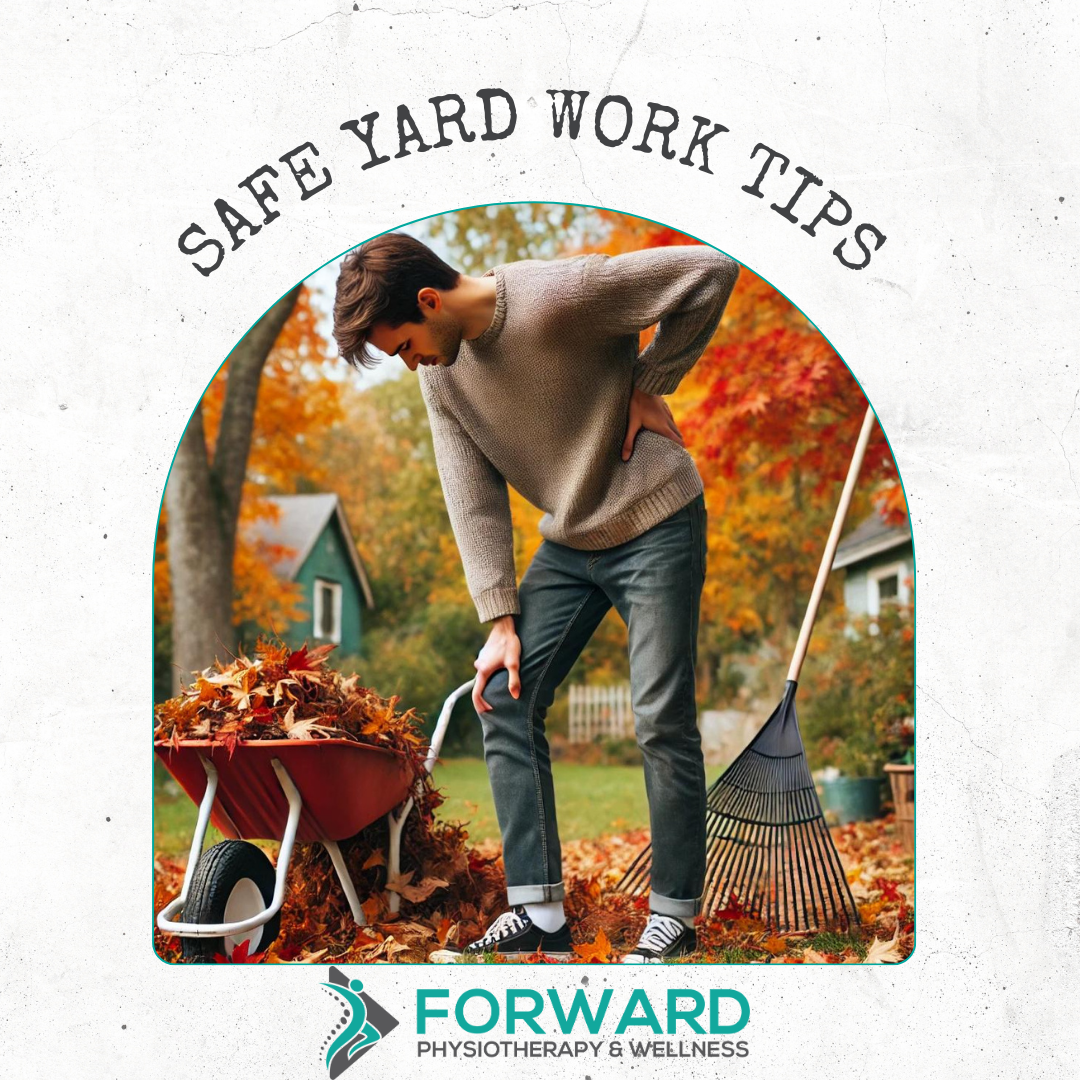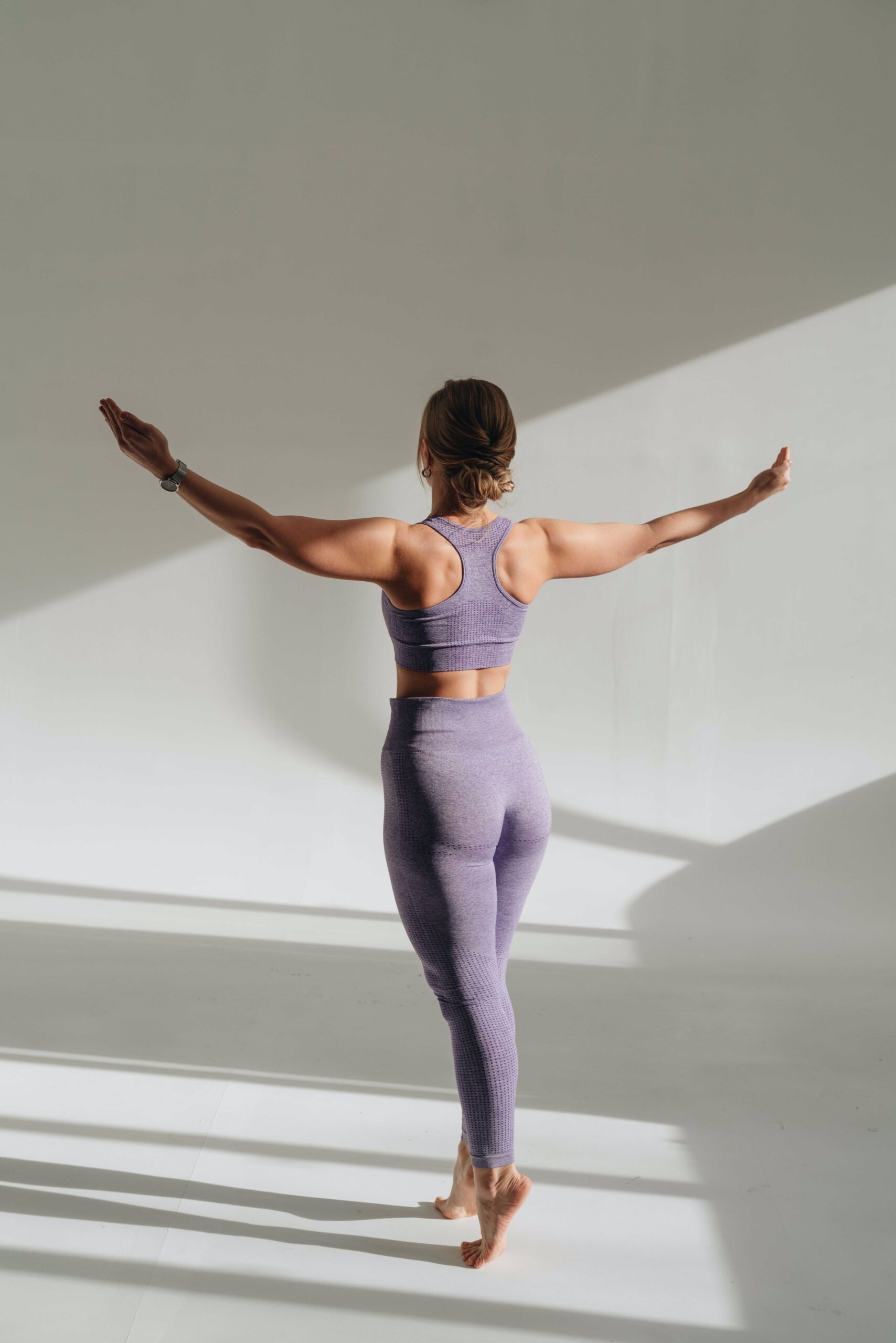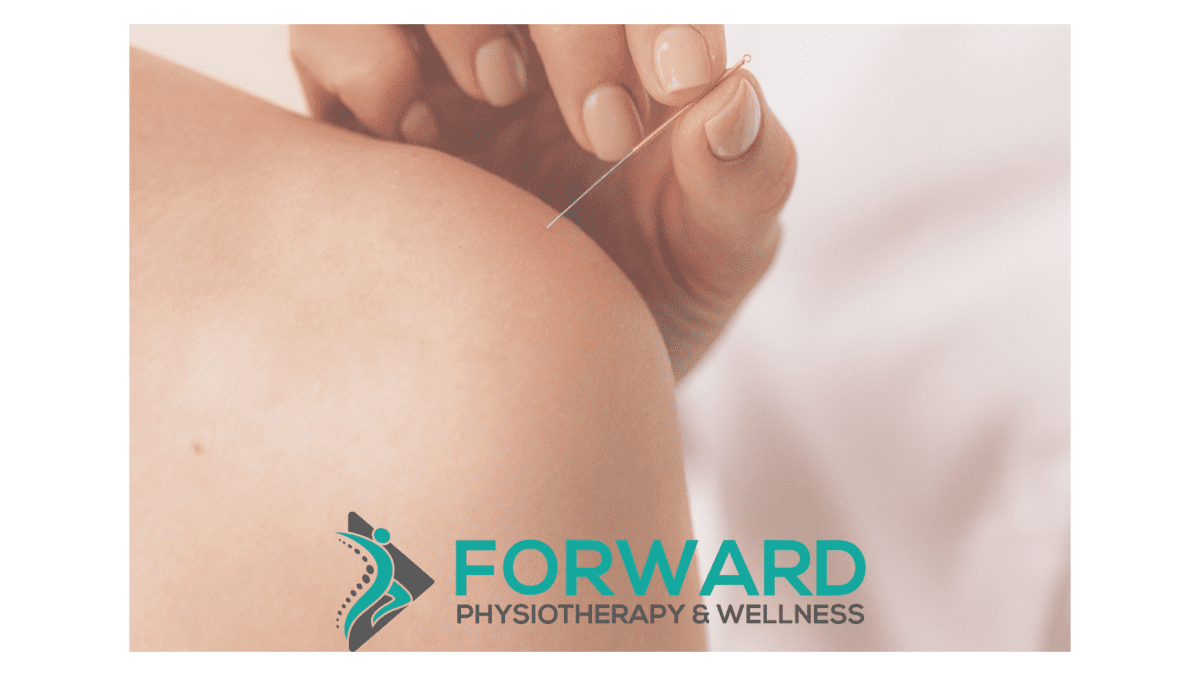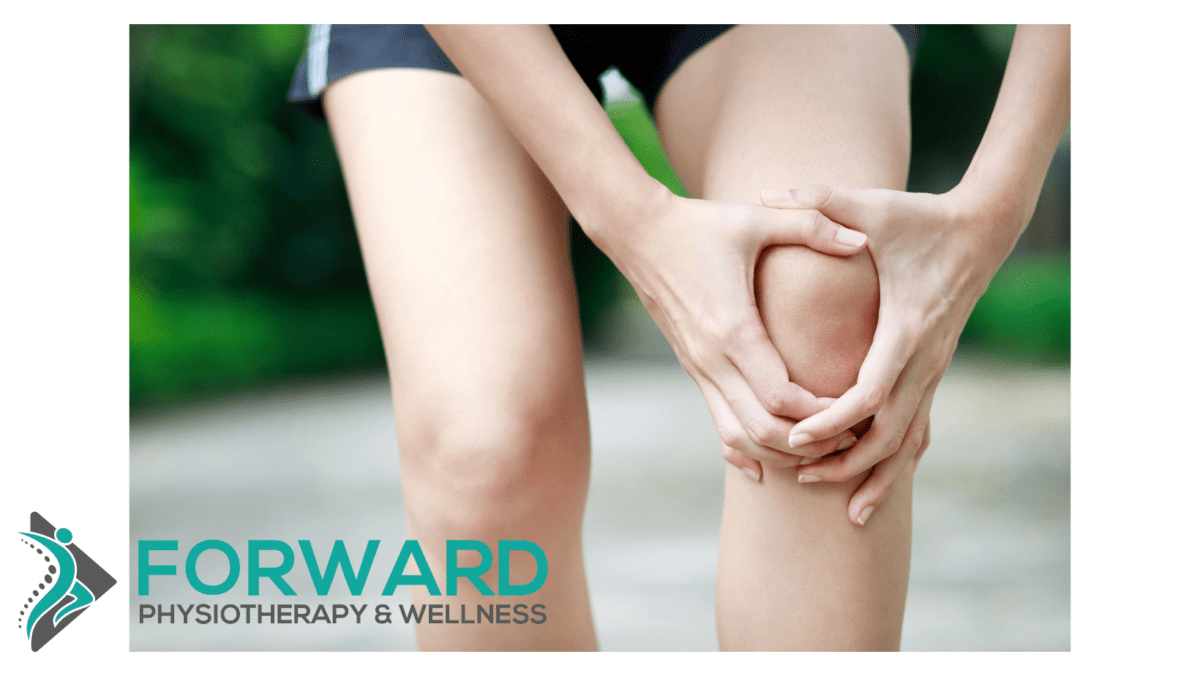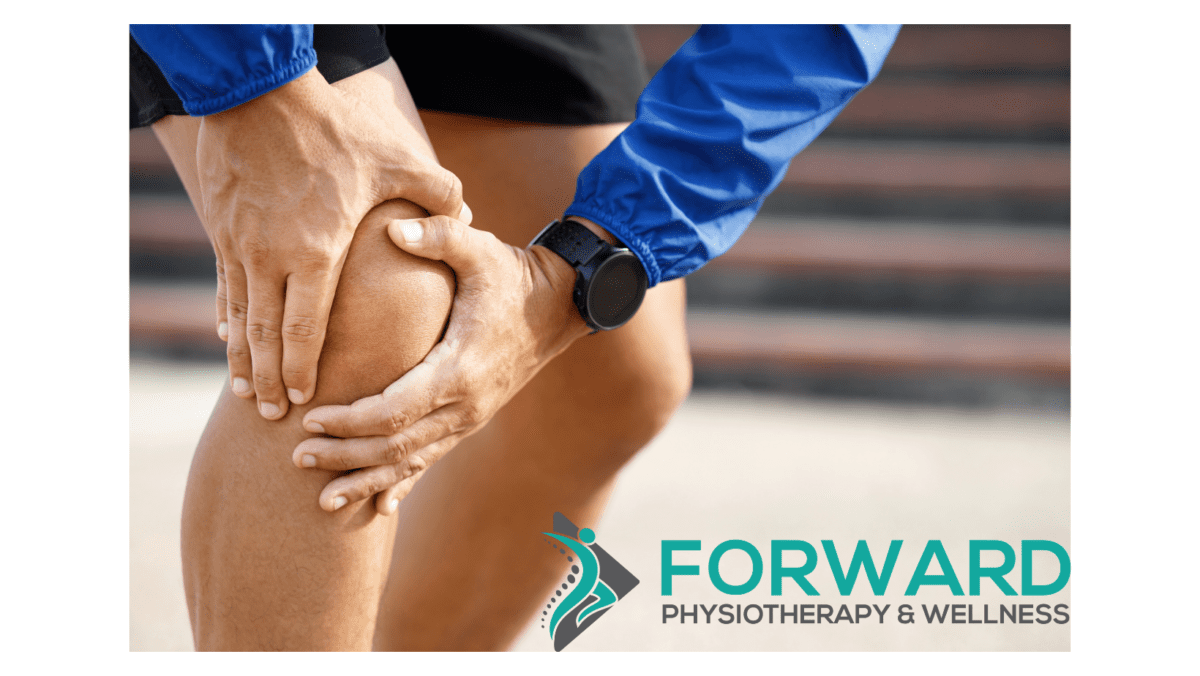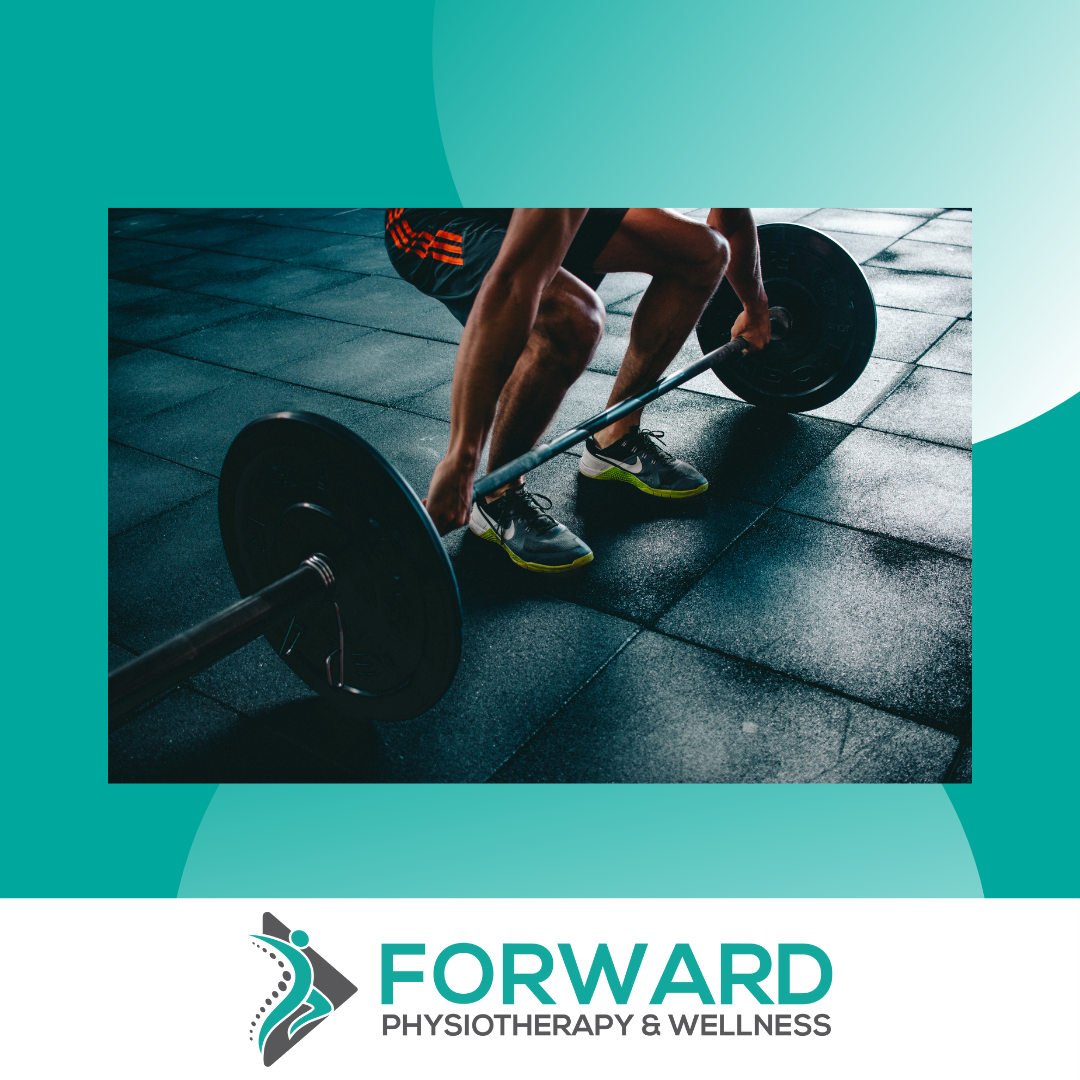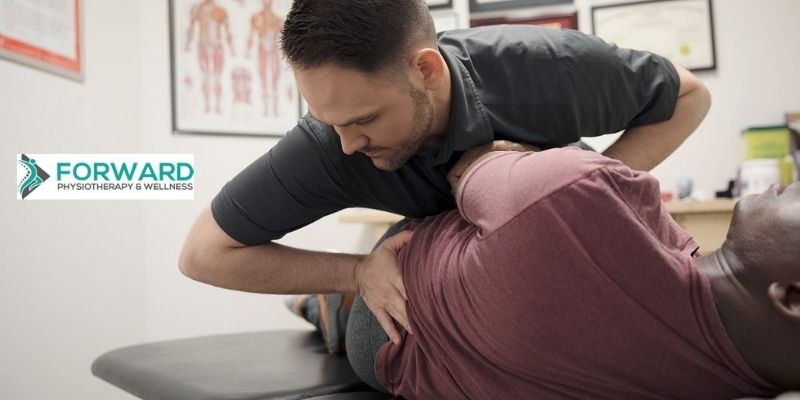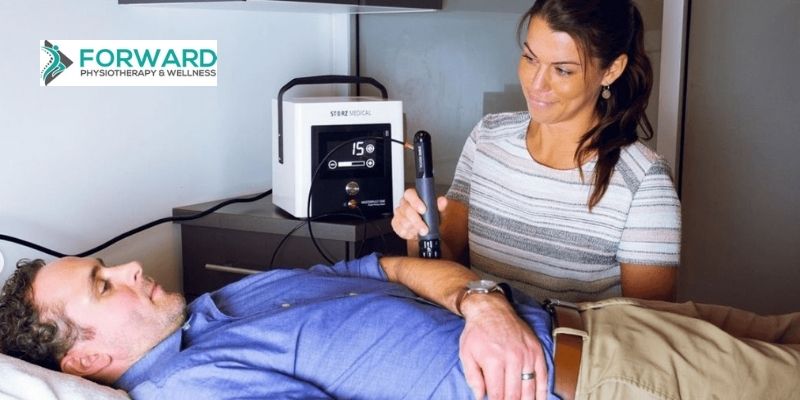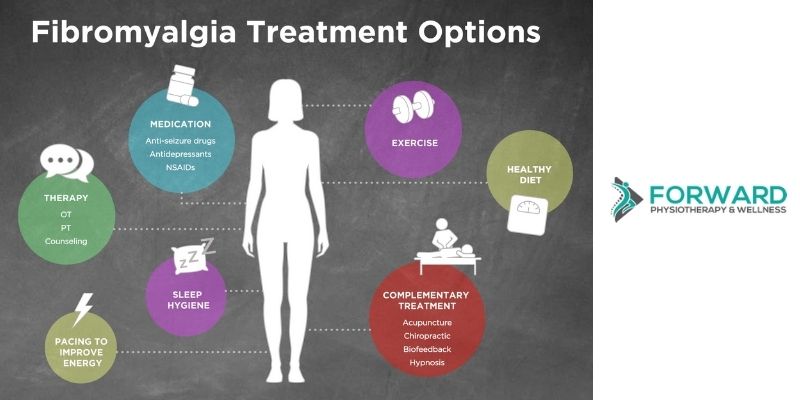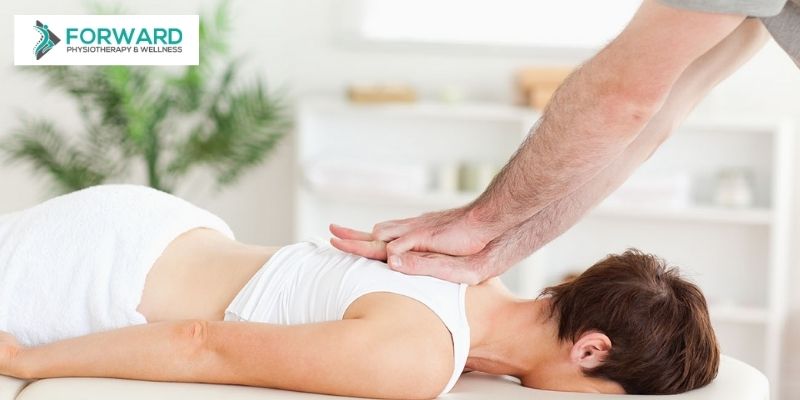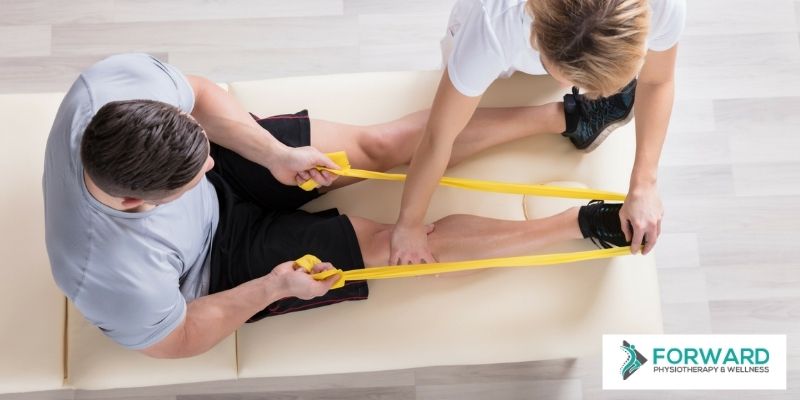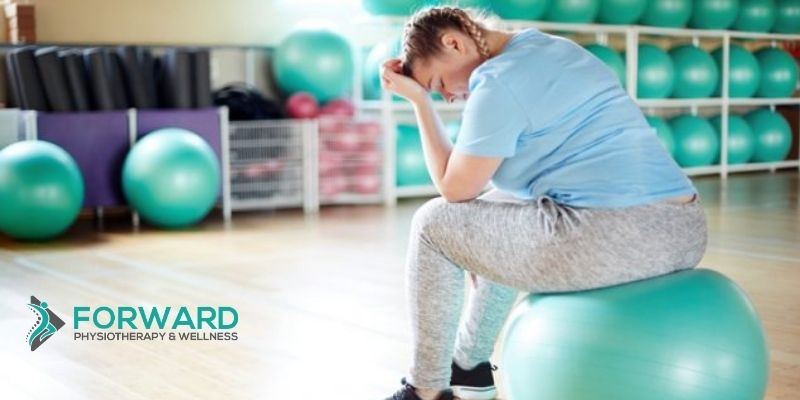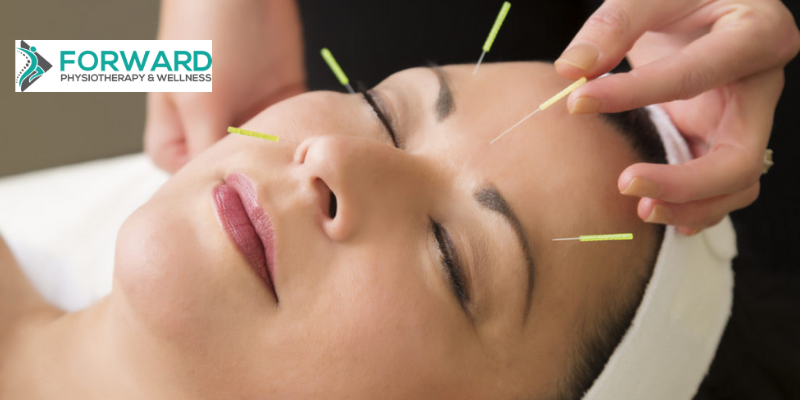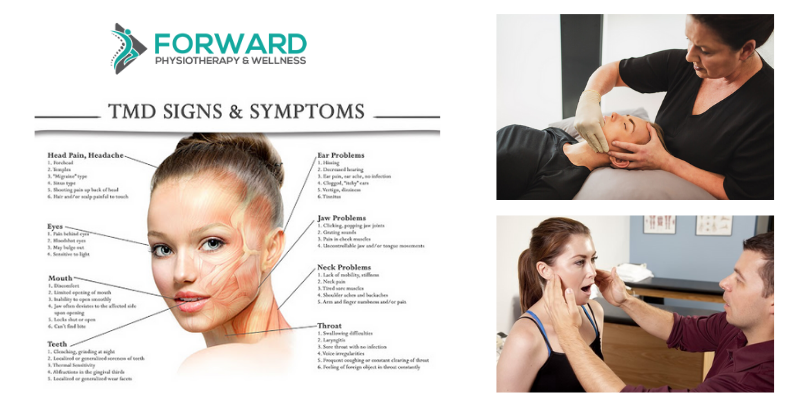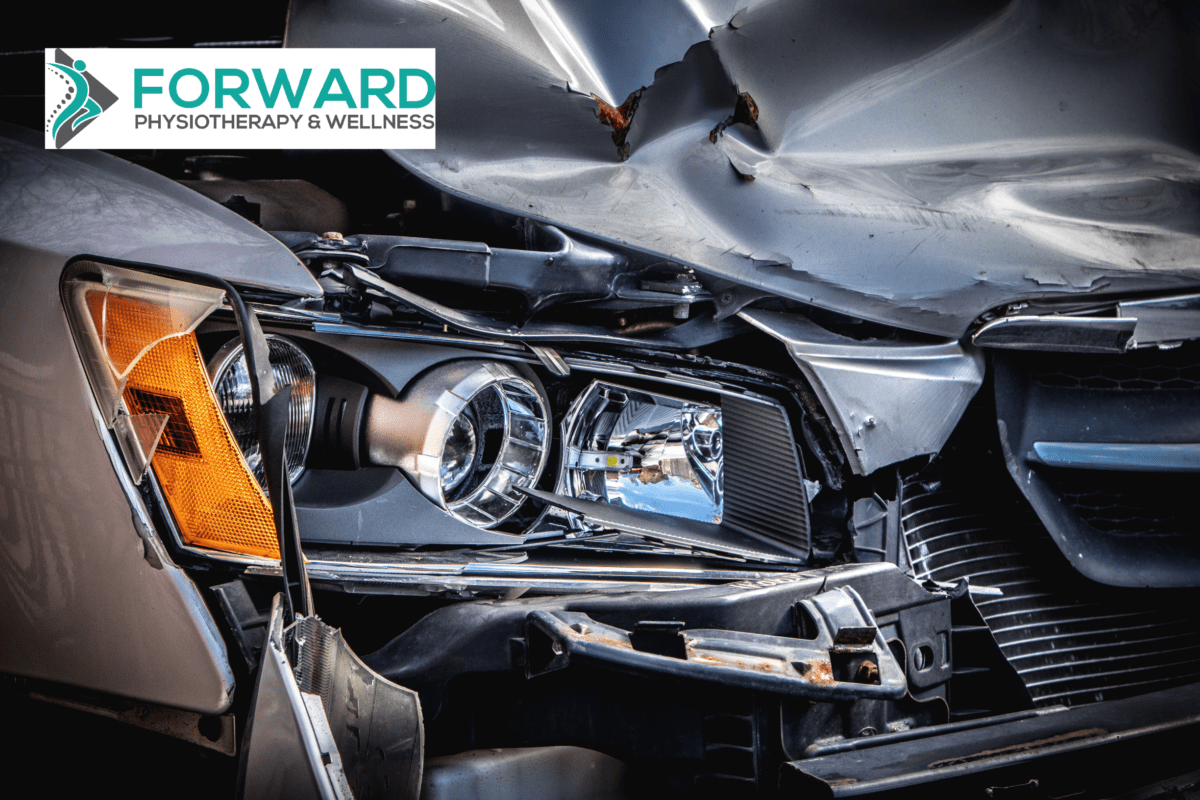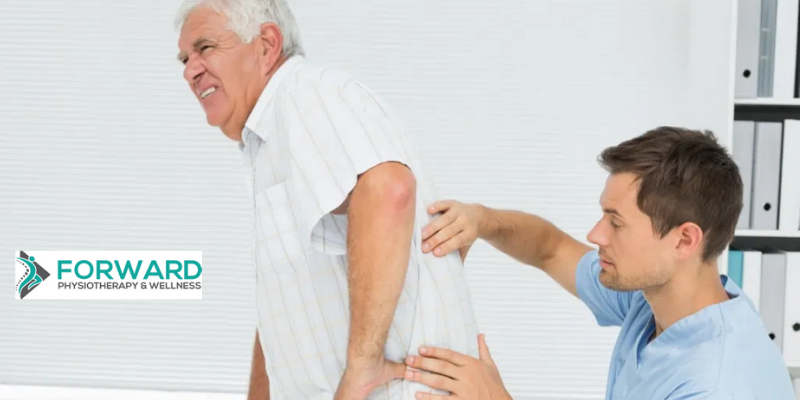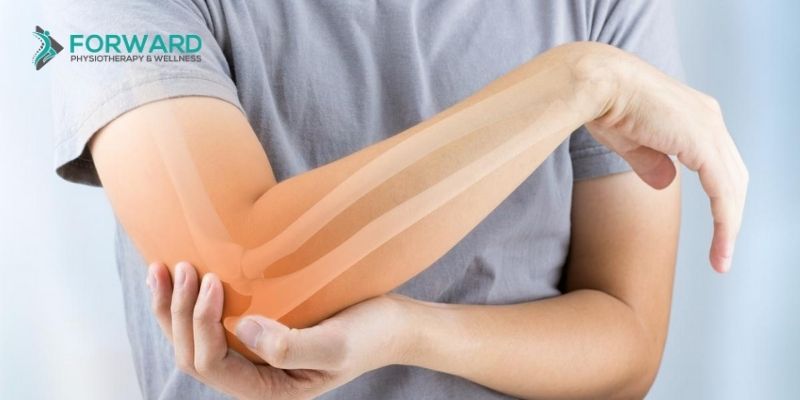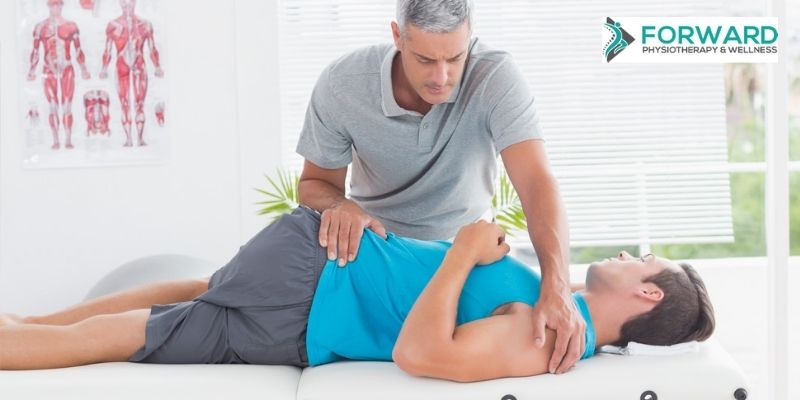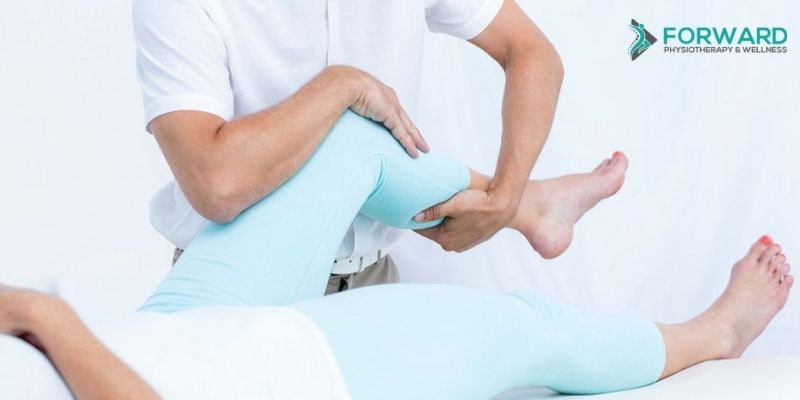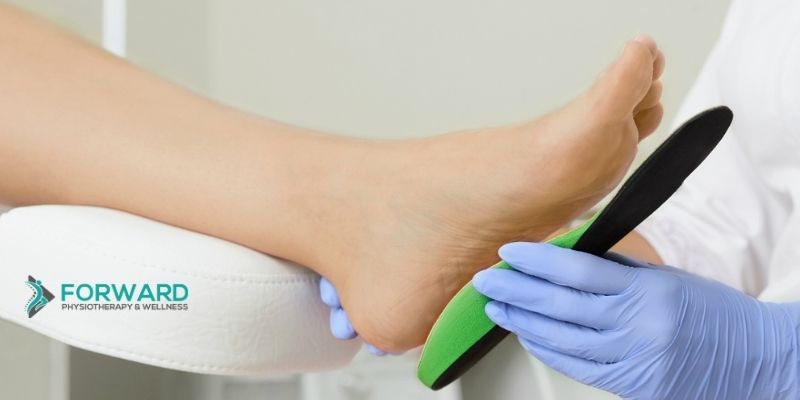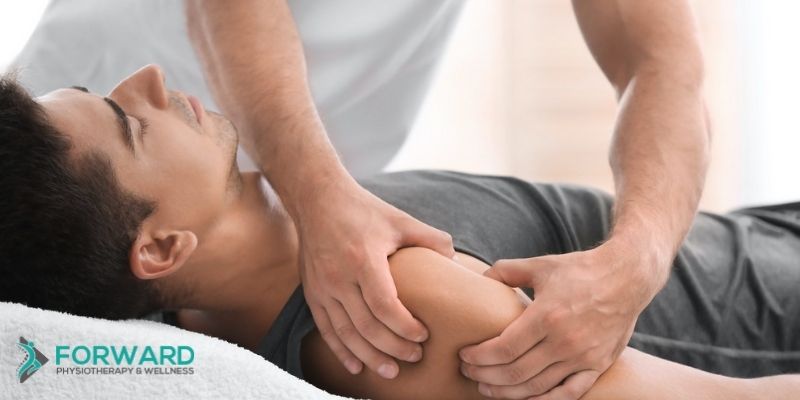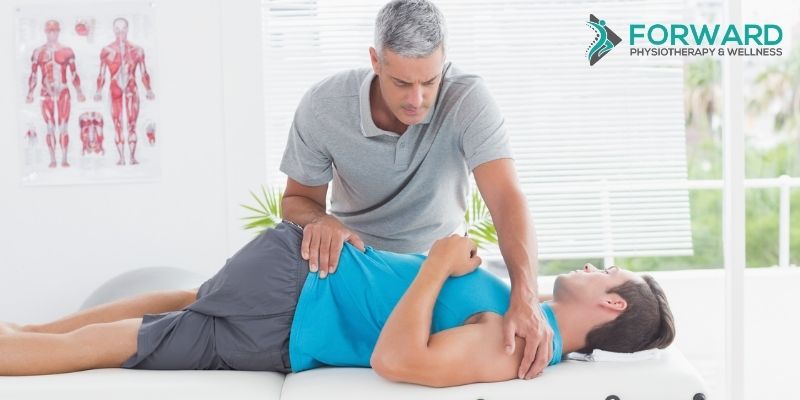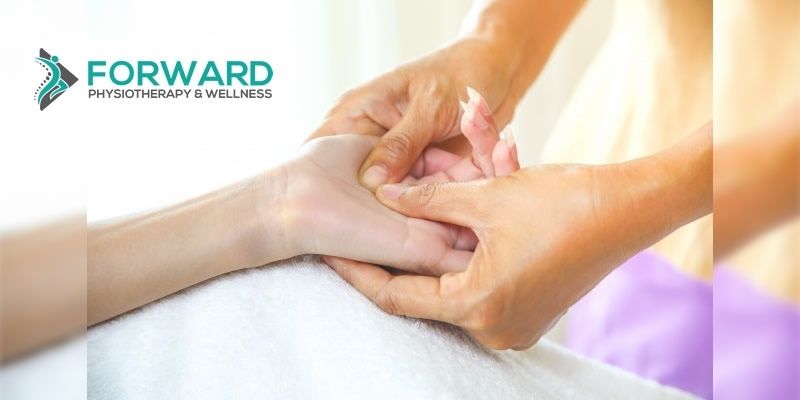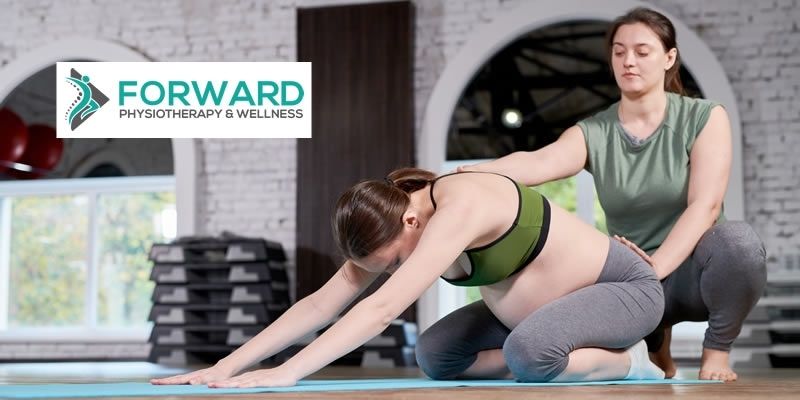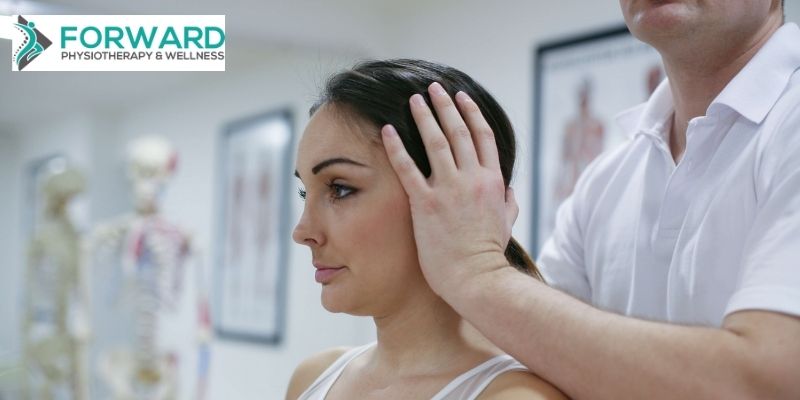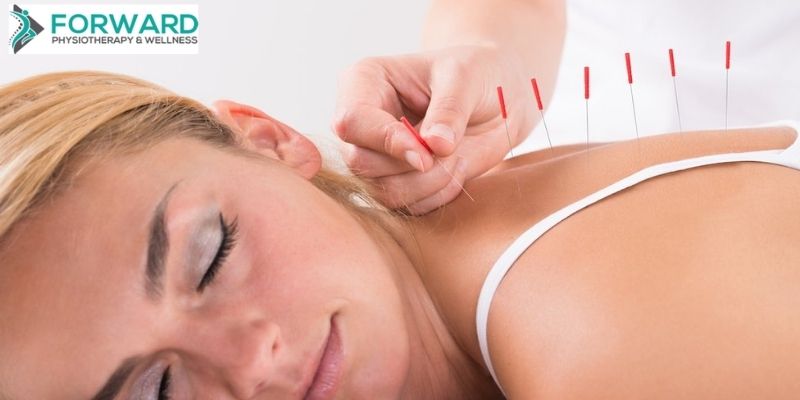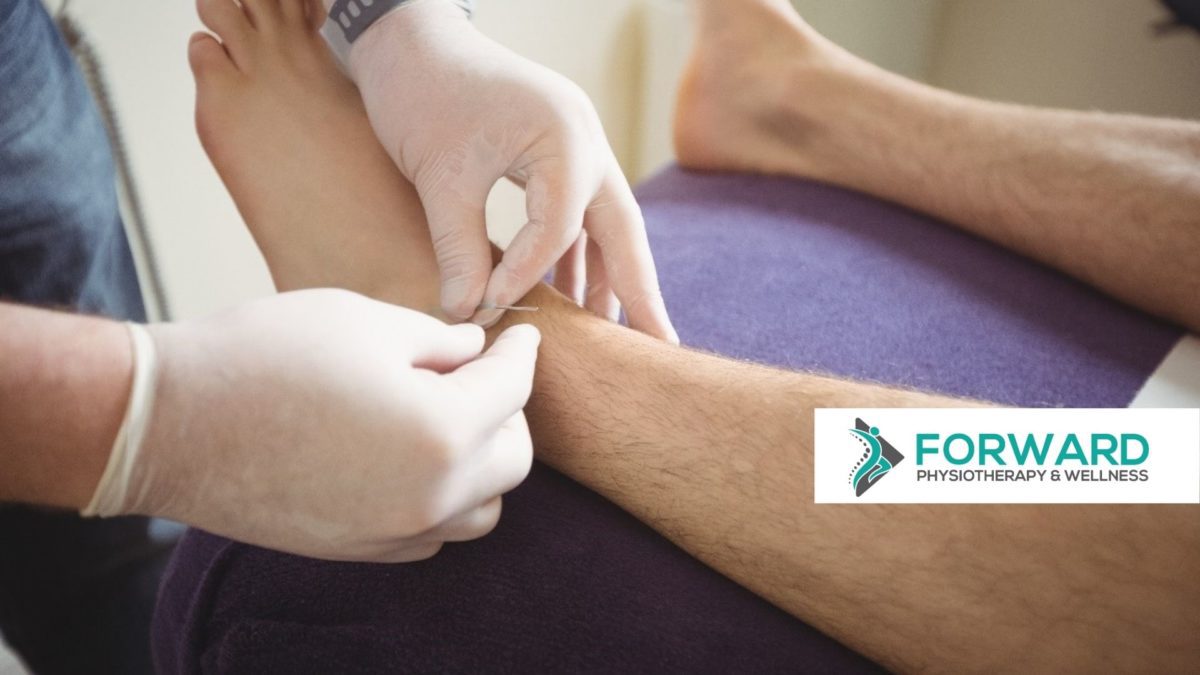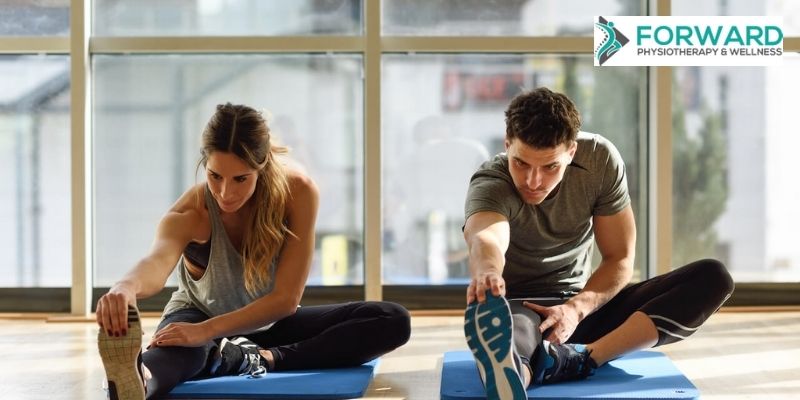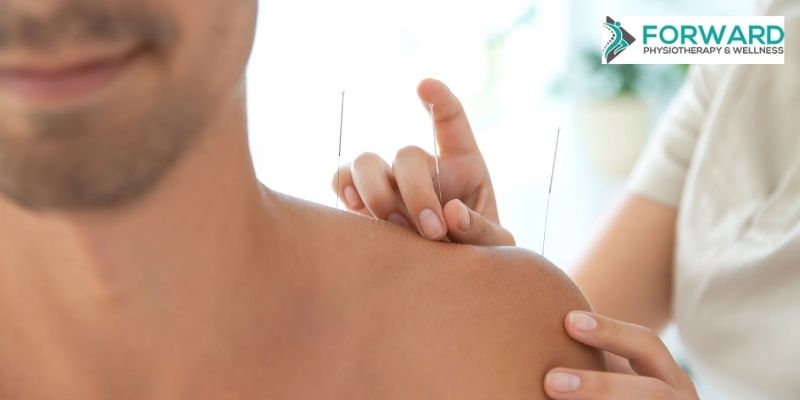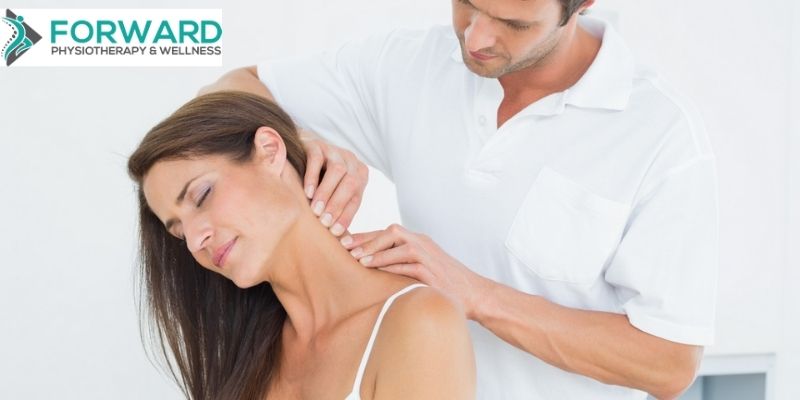14
Jun,
2022
Physiotherapy for Shoulder Pain – Guest Blog by Dr. Natalie Dalton (TCM)
Posted By: Forward Wellness
Shoulder pain can really stop you in your tracks and prevent you from enjoying your favourite activities. The shoulder is an especially complex part of the body, with many different moving parts, and detailed anatomy. That’s why an injury to this area can often be problematic.
Find out how physiotherapy may help to address your shoulder pain concern in this blog.
Co-authored by: Dr. Natalie Dalton (TCM) from TherapyWorks. Dr. Natalie Dalton (TCM) has been practicing Integrative Medicine and Traditional Chinese Medicine for 30+ years. She runs a multidisciplinary health clinic that offers patients TMC, physiotherapy, chiropractic, massage, acupuncture and more.
The shoulder
The shoulder is a complex anatomical structure consisting of a number of components. The shoulder is made up of four joints:- the glenohumeral joint joins the upper arm bone (humerus) to the shoulder blade (scapula)
- the acromioclavicular joint is the point where the top of the shoulder blade joins the collarbone (clavicle)
- Sternoclavicular joint
- Scapulothoracic articulation
What causes shoulder pain?
1. Injuries or sprains
Ligaments are the soft tissues that link bones. They provide support to the shoulder by keeping the bones in their proper positions. When ligaments are injured or sprained, they can be painful. This could be caused by the humerus not being in an ideal posture. Common shoulder injuries include:- Rotator cuff tears
- Shoulder impingement
- Sports injuries
- Overall through sport or work
- Incorrect lifting technique or lifting heavy loads
2. Upper back and neck issues
Shoulder pain can also be caused by issues with the joints and nerves of the neck and upper back. The pain coming from the neck and upper back is often felt from the shoulder joint all the way to the outside of the upper arm. Your physiotherapist will check the neck and upper back to see if they are contributing to your shoulder concerns.3. Osteoarthritis
Cartilage is a tissue that covers the ends of bones in a joint. Healthy cartilage allows your joints to move freely. Cartilage can naturally wear out over time. At times, there can be pain as a result of an injury or an accident, that may possibly lead to increased risk of osteoarthritis. Although we cannot reverse arthritis or natural changes of ageing, we can decrease the pain that occurs as a result of these changes.Signs and symptoms of shoulder pain
Shoulder pain can be caused by different factors. They each have their own symptoms. People with shoulder pain may feel pain in the shoulder joint, at the back or front of the shoulder, or in the upper part of the arm. In some cases, movement may be limited or stiff, and moving the shoulder may cause pain. It is also normal to experience shoulder/upper arm weakness. The shoulder can get “dislodged” depending on the circumstances (dislocated). Some people may experience a sensation of pins and needles, commonly known as tingling sensations as well as burning pain. These sensations may indicate a nerve irritation.Common shoulder pain injuries
1. Dislocation of the shoulder and instability of the shoulder
Because the shoulder is the body's most mobile joint, it is prone to dislocation, which happens when the joint “pops out” of position. Shoulder dislocations are quite common in a lot of sports, particularly contact sports like rugby, because of the impact of tackles.2. Frozen shoulder
Frozen shoulder is a common phrase for ‘adhesive capsulitis,’ which causes discomfort and stiffness in the shoulder. Although the exact cause is unknown, certain medical issues such as diabetes, hypothyroidism, and hyperthyroidism, are some examples of illnesses associated with frozen shoulder. It is also most common in women, over the age of 40.3. Impingement of the shoulders
Shoulder movement feels naturally pain-free and smooth. However, the rotator cuff tendons can get inflamed, causing what we call ‘impingement.’ If this is done repeatedly, it may lead to rotator cuff tendonitis or shoulder bursitis.4. Rotator cuff tears
Your rotator cuff consists of four muscles- Supraspinatus
- Infraspinatus
- Subscapularis
- Teres minor
Diagnosing shoulder pain
In diagnosing your shoulder pain, we want to assess the cause of the injury and figure out what is causing you pain. We may do this by asking questions about:- potential causes (such as recent injuries or other health concerns)
- your history of shoulder pain
- movements that make the pain worse
- movements that make it better
Physiotherapy for Shoulder Pain
Our physiotherapists are highly-educated in physical function, movement, and mobility. We can help to assess, diagnose, and treat your shoulder pain problem. We do this through our use of a combination of both active (e.g., therapeutic exercise) and passive (e.g., hands on therapy, needling, electrical modalities) treatments here in the clinic. We’ll provide detailed explanations to you on the causes of your symptoms, how to self-manage them, and how to avoid certain injuries from happening again.How long will it take to fix my shoulder pain?
Therapy plans are unique and dependent on the type of shoulder pain you have, how long you have had it for, the findings of your evaluation, and your treatment goals. Some patients come in for a few sessions, some come three days a week for six to eight weeks, while others come for longer term maintenance and wellness care. Your progress will be monitored and your treatment plan may change during actual treatment. Your physiotherapist will let you know the plan for your shoulder at the end of your first visit.Physiotherapy for Shoulder Pain - Enquire Today
Contact us today and speak with one of our highly trained physiotherapists to see how we can help with your shoulder pain.Co-authored by: Dr. Natalie Dalton (TCM) from TherapyWorks. Dr. Natalie Dalton (TCM) has been practicing Integrative Medicine and Traditional Chinese Medicine for 30+ years. She runs a multidisciplinary health clinic that offers patients TMC, physiotherapy, chiropractic, massage, acupuncture and more.
Comments : 0



